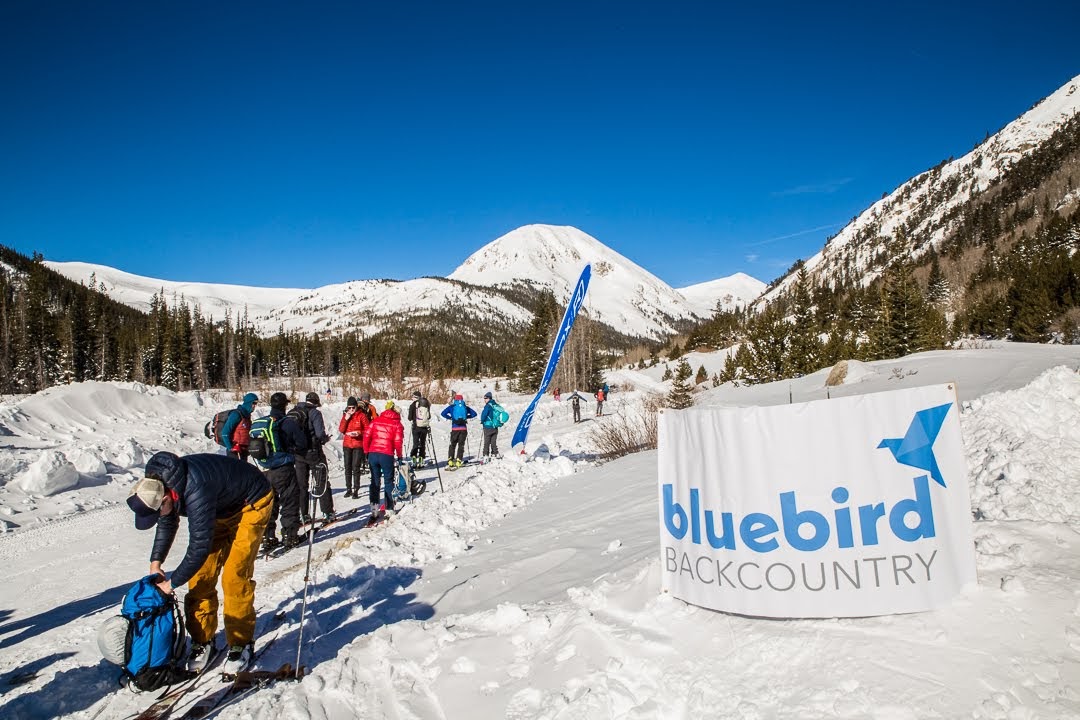
The step learning curve that comes with entering a new sport or hobby can be particularly daunting when tackled alone. So much so that many people never pursue their interests for fear of wasting time and money on a hobby they will not become proficient at. Honestly, I am unsure if I would have ever started skiing in the backcountry had it not been for the existence of a dedicated and organized backcountry ski club at the Colorado School of Mines when I was a student there. When not overwhelmed with studying engineering, the guys and gals provided avalanche education, held regular ski outings and beacon practices, and even organized a few hut trips. Without this helping hand, I might never have ventured out of bounds.
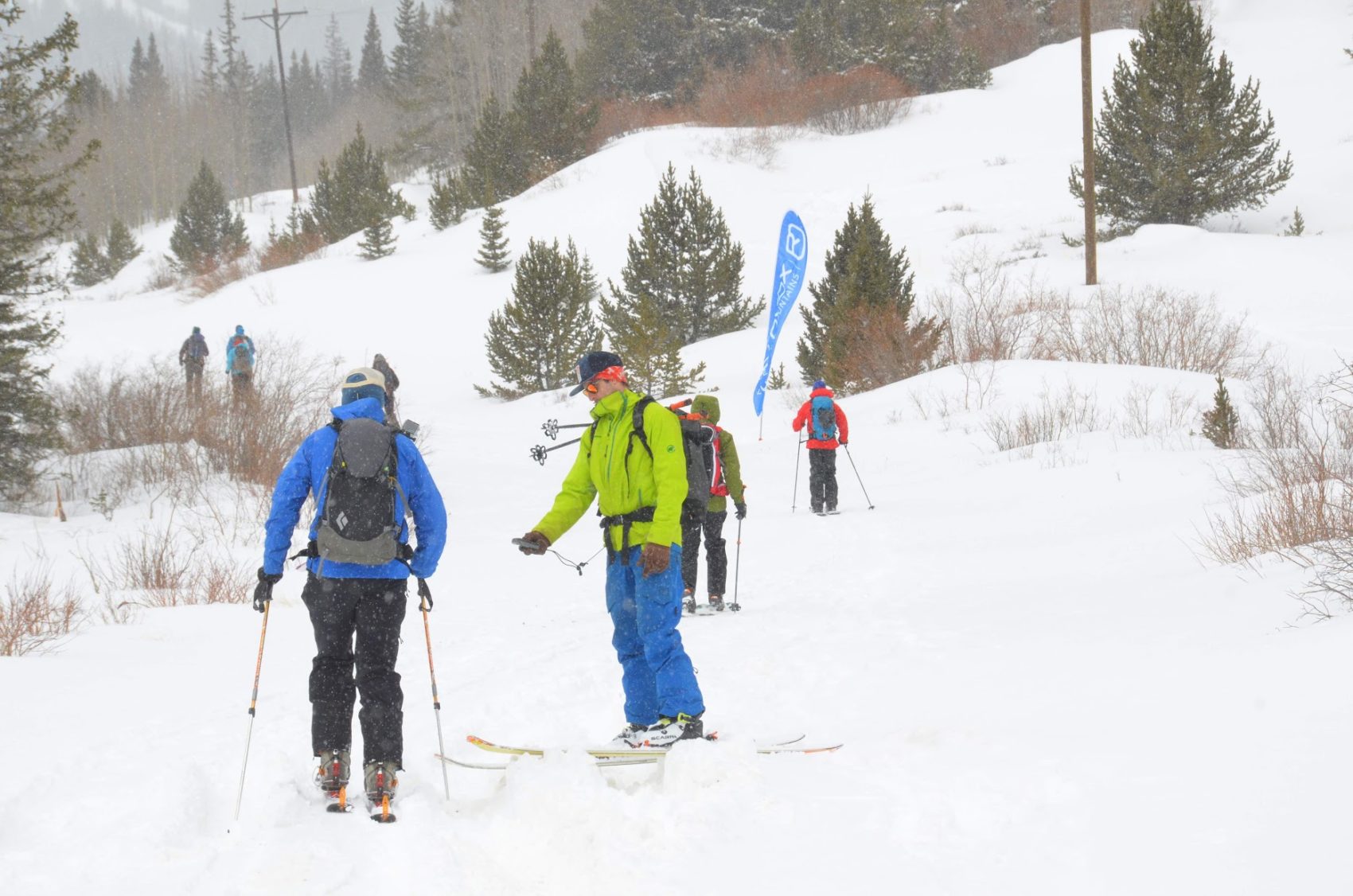
This is also a sentiment that occurred to Jeff Woodward some two and a half years ago. After taking his younger brother Danny on a backcountry ski trip outside Crested Butte, Colorado it dawned on Jeff that without the initial assistance of a friend or family member the backcountry was largely off-limits to most people. Jeff teamed up with his good friend Erik Lambert to develop the idea for a way to bridge this knowledge gap and to provide a safe means of easing skiers into the backcountry. Bluebird Backcountry is the fruition of this idea.
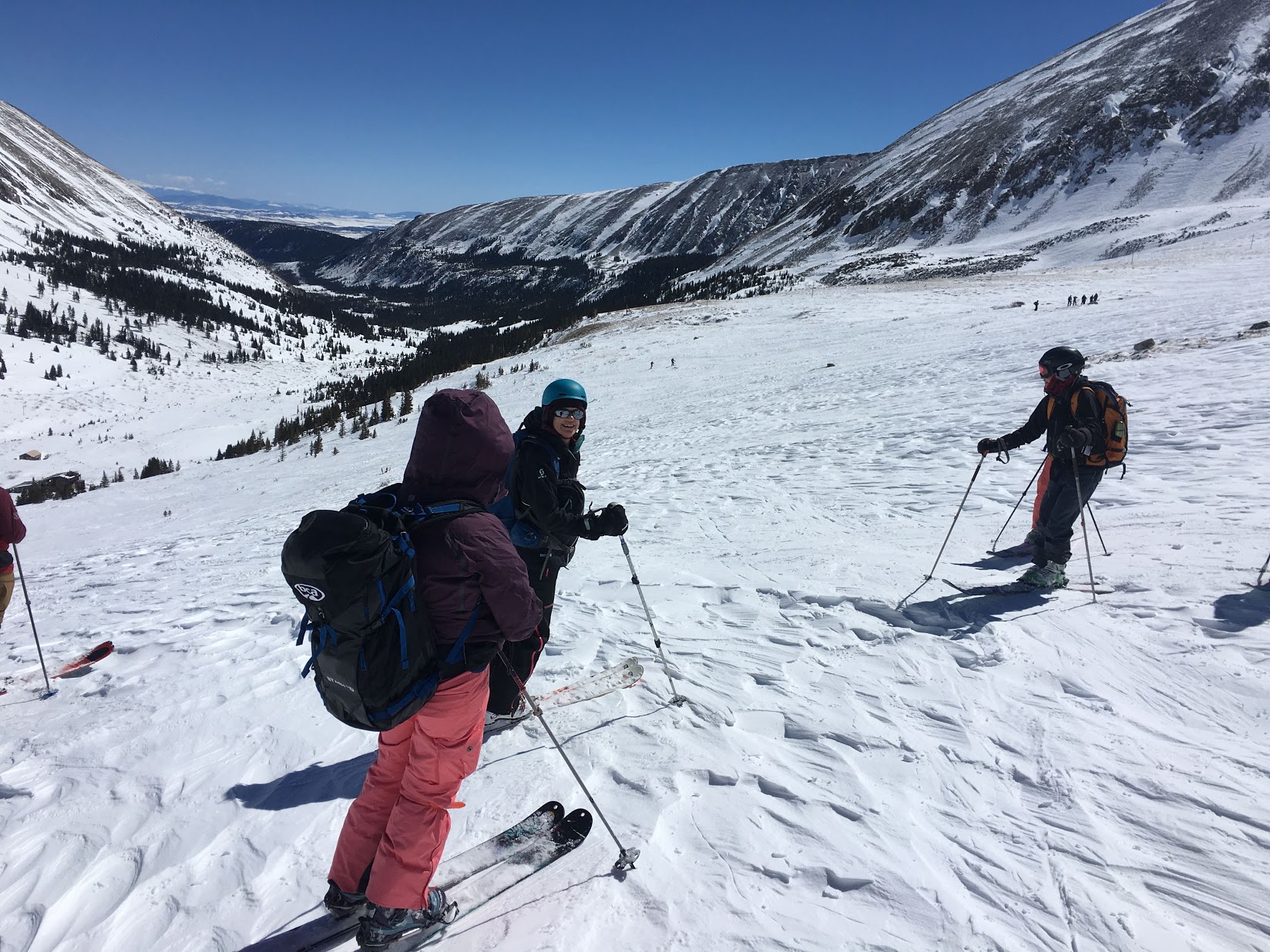
The working concept behind Bluebird Backcountry is for a new type of ski area; an avalanche controlled, ski patrolled, solely human-powered backcountry ski area. There would be no lifts (or lift lines), snowcats, or helicopters, but there would be more traditional infrastructure such as a lodge, restrooms, gear rentals, dining, and ski patrol. Yet, unlike existing resorts, a major focus of Bluebird Backcountry will be education. As the two co-founders are fond of saying, Bluebird Backcountry will be akin to the indoor climbing gym, a safe space in which to learn the sport before entering the real world. Jeff & Erik want Bluebird Backcountry to be a place where people are taught responsible & safe backcountry behavior from the start.

To some, the idea of a purely human-powered ski area is simply preposterous. Who would pay to ski at a ski area where you have to get yourself to the top of the mountain? Well, people are already paying to gain uphill access at some resorts. And some of the more knowledgeable readers in the crowd might know about Hankin-Evelyn, a human-powered backcountry ski area in British Columbia. Furthermore, skier & rider visits to resorts have flat-lined in recent years (this past season excluded), and sales of alpine skiing and snowboarding equipment have been declining. Snowboarding, in particular, saw steep declines as a result of the great recession and the six years of drought in California. On the other hand, participation in backcountry skiing has increased markedly, and sales of backcountry ski and ride equipment have been growing. So with one backcountry ski area, albeit in Canada, and growing interest in backcountry skiing the idea of a backcountry ski area in America is not a crazy one.
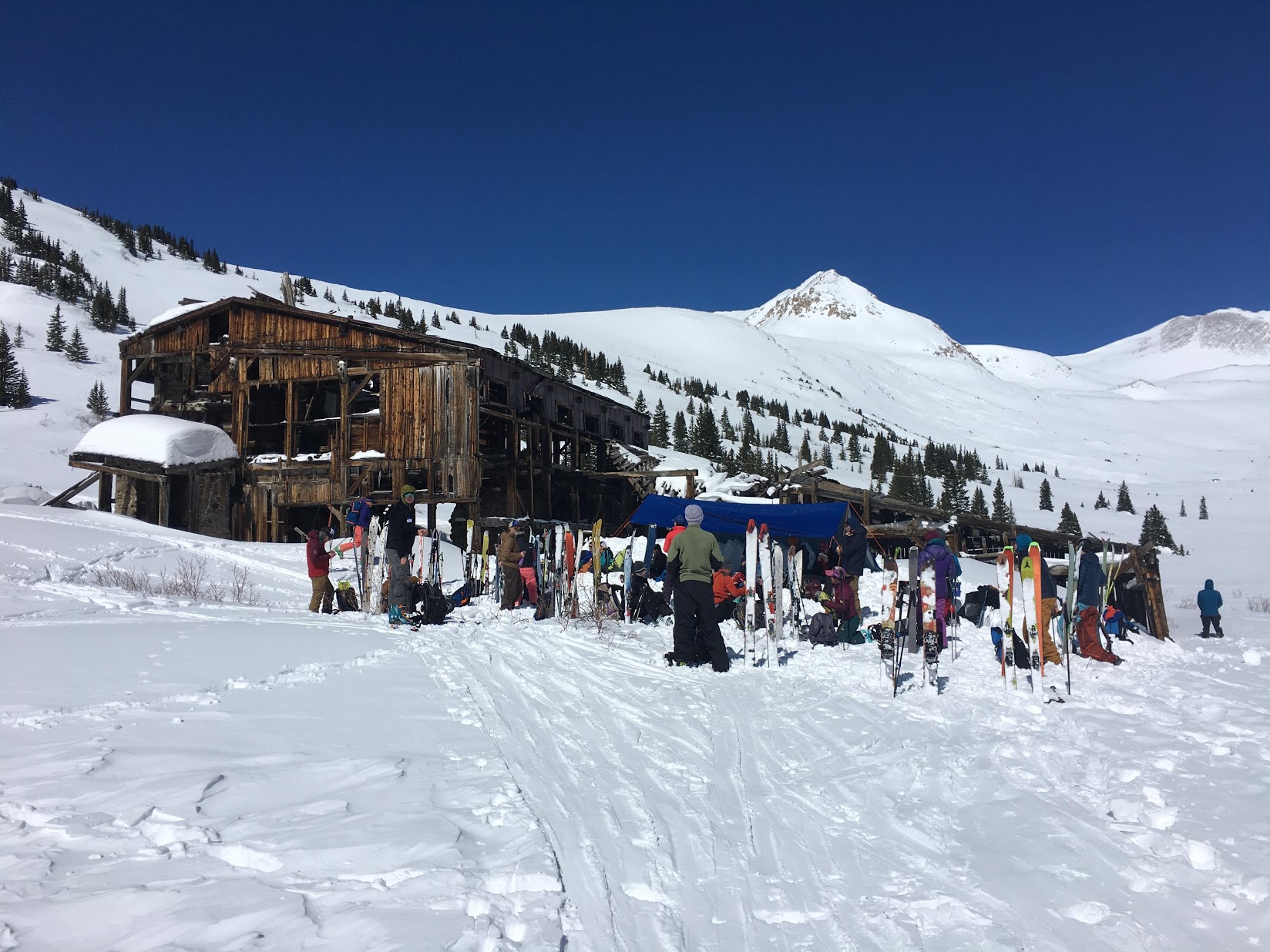
But how would a backcountry ski area compare to existing resorts and the backcountry skiing experience? Jeff and Erik see our current skiing options as a binary choice between two polar opposites. In-bounds skiing at a resort where many of the intrinsic hazards are mitigated and the experience is an industrial mass produced product that varies little between resorts. Off-piste skiing in the backcountry where the intrinsic risks are uncontrolled, and where conditions and the experience vary wildly between locations based upon terrain and the local climate. According to the co-founders, Bluebird Backcountry will be a bridge between these two polar opposite options. Offering the varied and high qualitative experience of the backcountry with the fixed infrastructure and hazard mitigation of the established resorts. The planned base facilities, lack of a lift, and active avalanche mitigation also set Bluebird Backcountry apart from Hankin-Evelyn, Silverton Mountain, and glade skiing in the northeast.
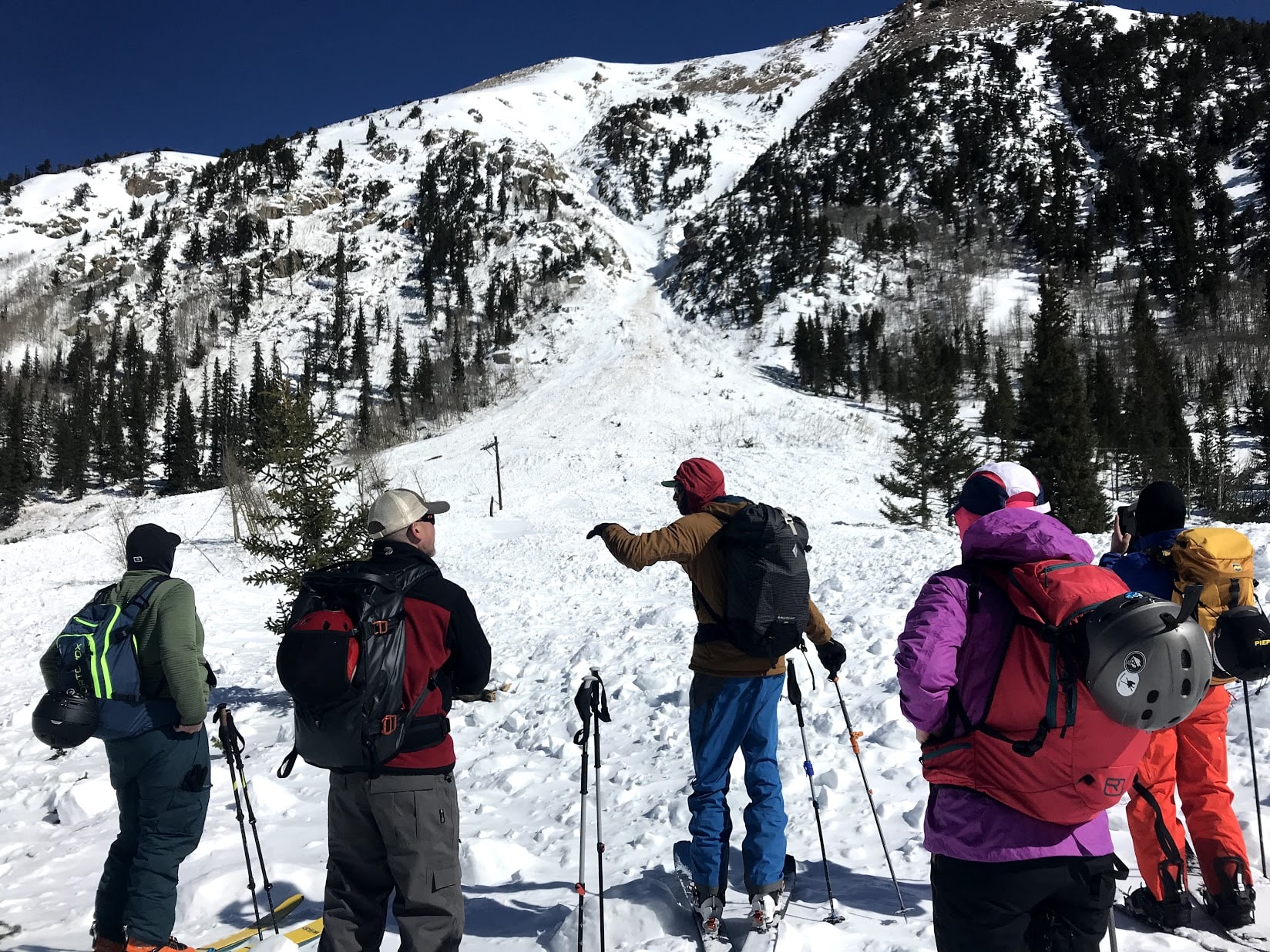
That is the ideal anyway, and Jeff & Erik aren’t exactly trying to make that ideal become a reality come hell or high water. Instead, they have sought skier input through an online survey about interest in the backcountry ski area concept, and have conducted several experiential learning weekends this past season. In March Bluebird Backcountry took about 100 skiers into Colorado’s high country at Mosquito Pass. The skiers were organized into groups of about 6, and each group was led by a guide from the Colorado Mountain School. This past April Bluebird Backcountry was granted access to a closed portion of the Winter Park Resort. A further 70 people turned out for the Winter Park weekend.
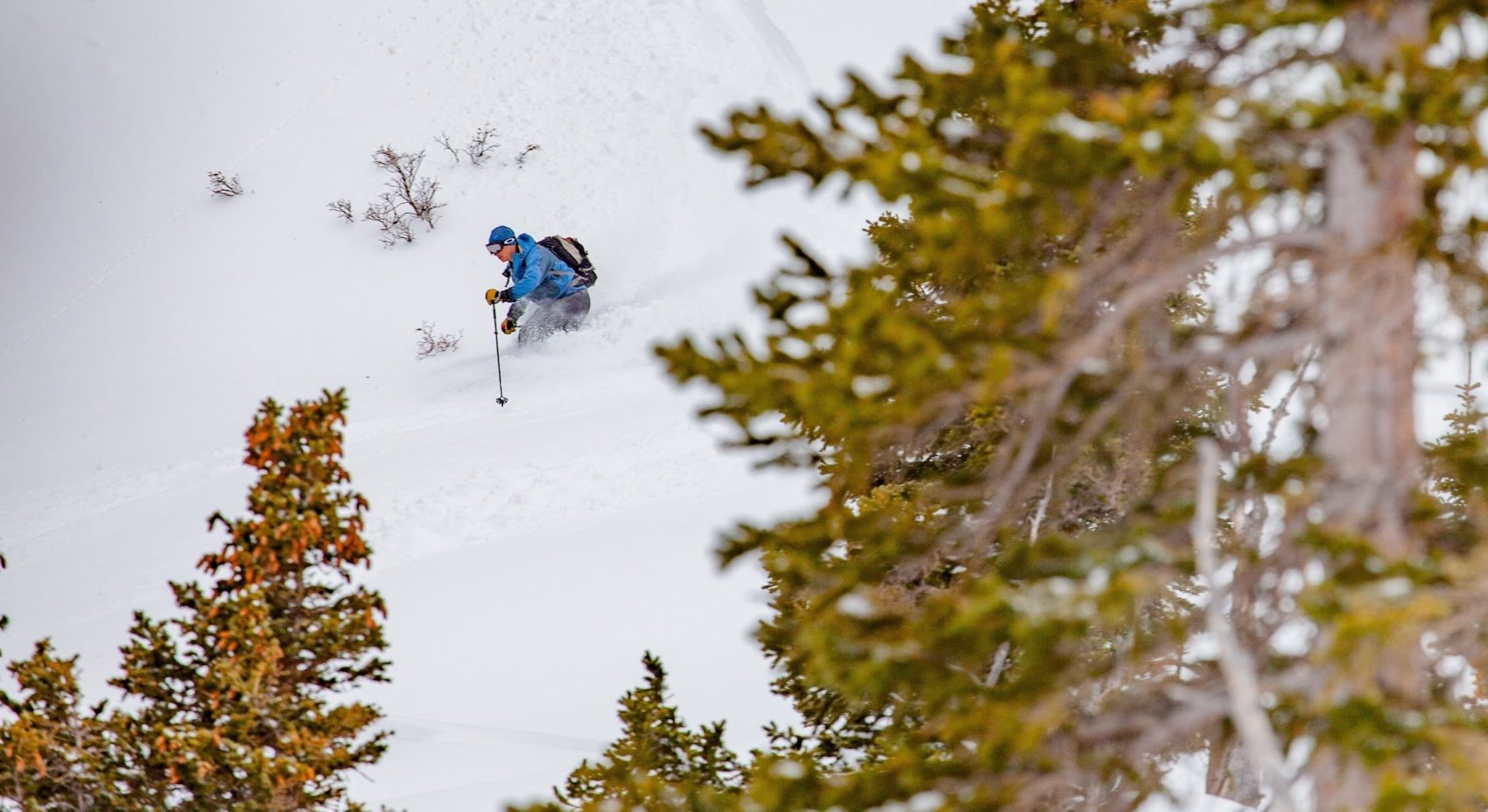
During the Mosquito Pass prototype weekends a majority of the participants had prior backcountry experience. Yet, a majority of the participants of the Winter Week prototype weekend were new to backcountry skiing. The availability of gear rentals and the utilization of an existing ski resort seem to have drawn the many new backcountry skiers to the Winter Park weekend. On the other hand, the guided nature and more remote location seem to have attracted the experienced crowd to Mosquito Pass.
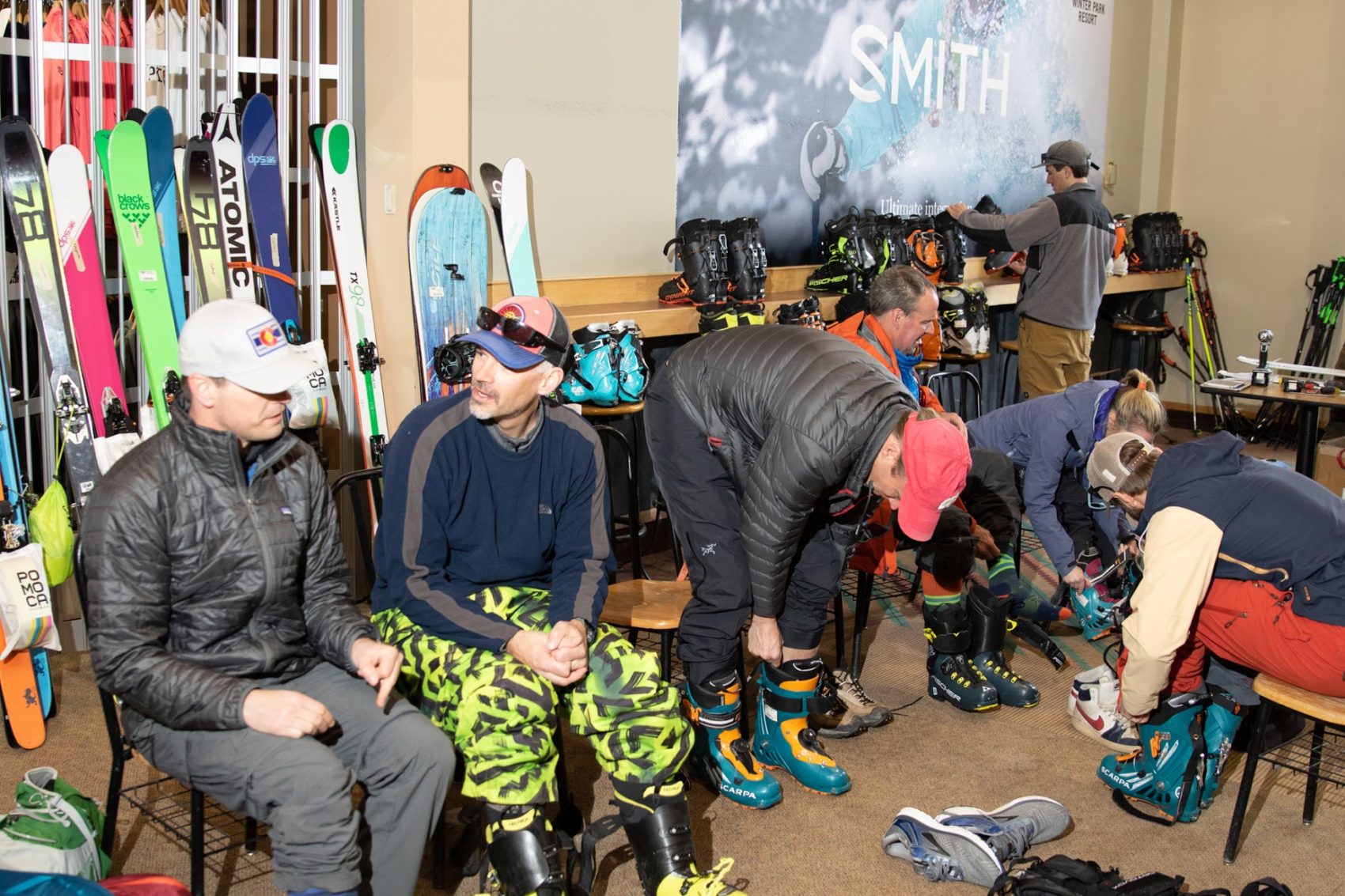
Feedback from participants, in the form of an end of day survey, was positive for both locations. Even so, both locations had their challenges. At Mosquito Pass, the long skin in proved to be difficult for some people and it quickly tired them out. Winter Park ended up being more of an intro to backcountry skiing clinic, with a lot back and forth between students and instructors as many of the students were eager to learn the basics. Jeff & Erik admit that there is still a lot of learning to do about what people want structure and terrain wise. While they do not have any dates chosen, they are planning to have more prototyping days next season.
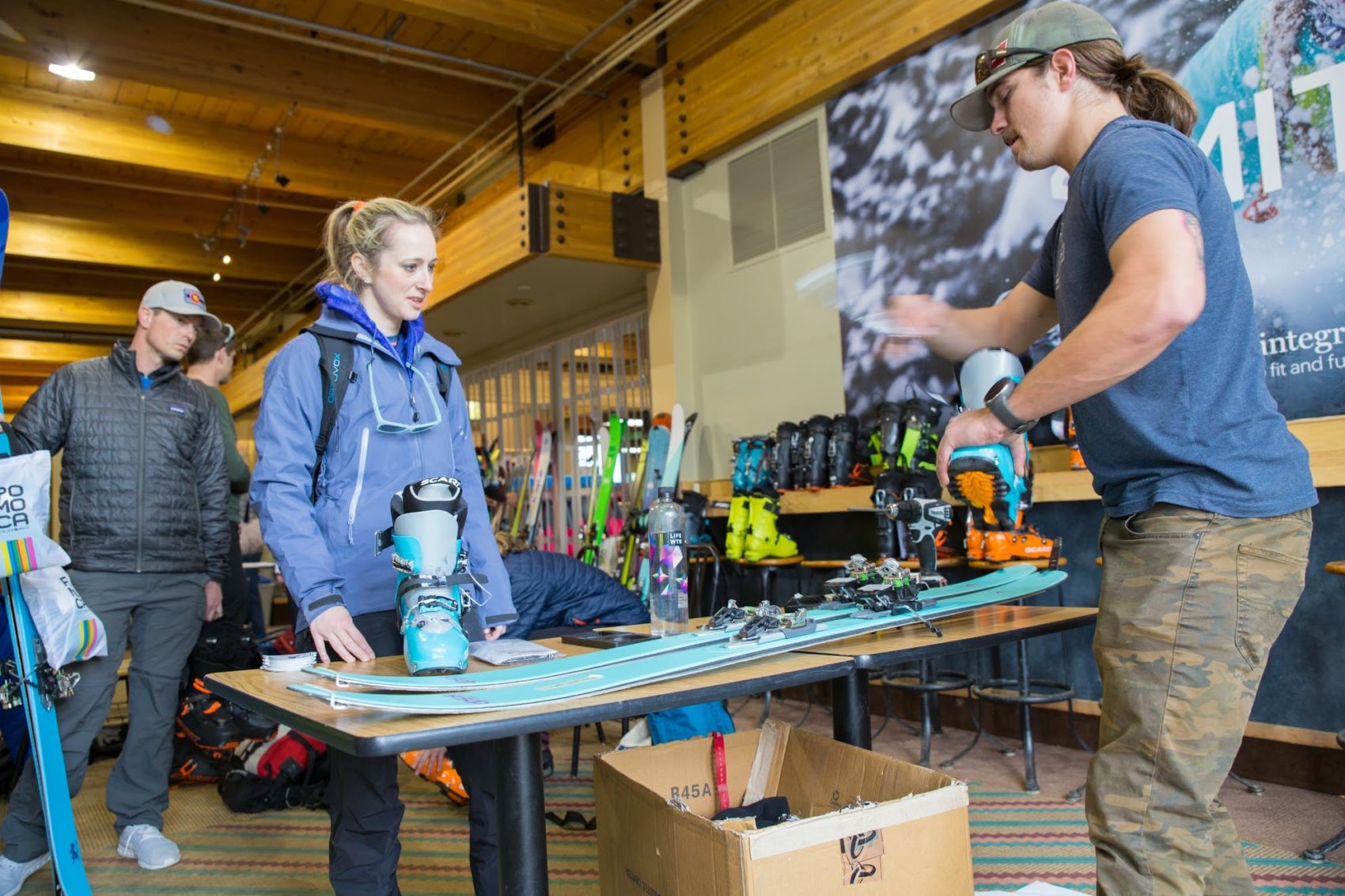
If Bluebird Backcountry is going to make the leap from prototype to the real world it will need a home base. Currently, Bluebird Backcountry is in active talks with several ski areas and private landowners for a potential location. At this time there are no active discussions with the United States Forest Service about a possible location or any special use permits. For now, Colorado is the main focus of Bluebird’s efforts due to the intrinsic avalanche dangers present in Colorado’s continental snowpack. Yet, Jeff & Erik want to see the backcountry ski area concept instituted nationally. With potential future locations being contemplated in the Southern Sierras, Tahoe, the Pacific Northwest near Seattle, Salt Lake City, Alaska, and the Northeast.
At the moment there is no set timeline to get Bluebird Backcountry up and running, as they are still in the exploratory phase. As soon as Bluebird Backcountry is operational the plan is to be open for as long as possible during the season. Will that mean a season that rivals Arapahoe Basin’s? At this stage, it is hard to tell, and it will probably take Bluebird Backcountry a few seasons of operation to figure out a good schedule that balances skier interest, snow coverage, and the idiosyncrasies of avalanche conditions.
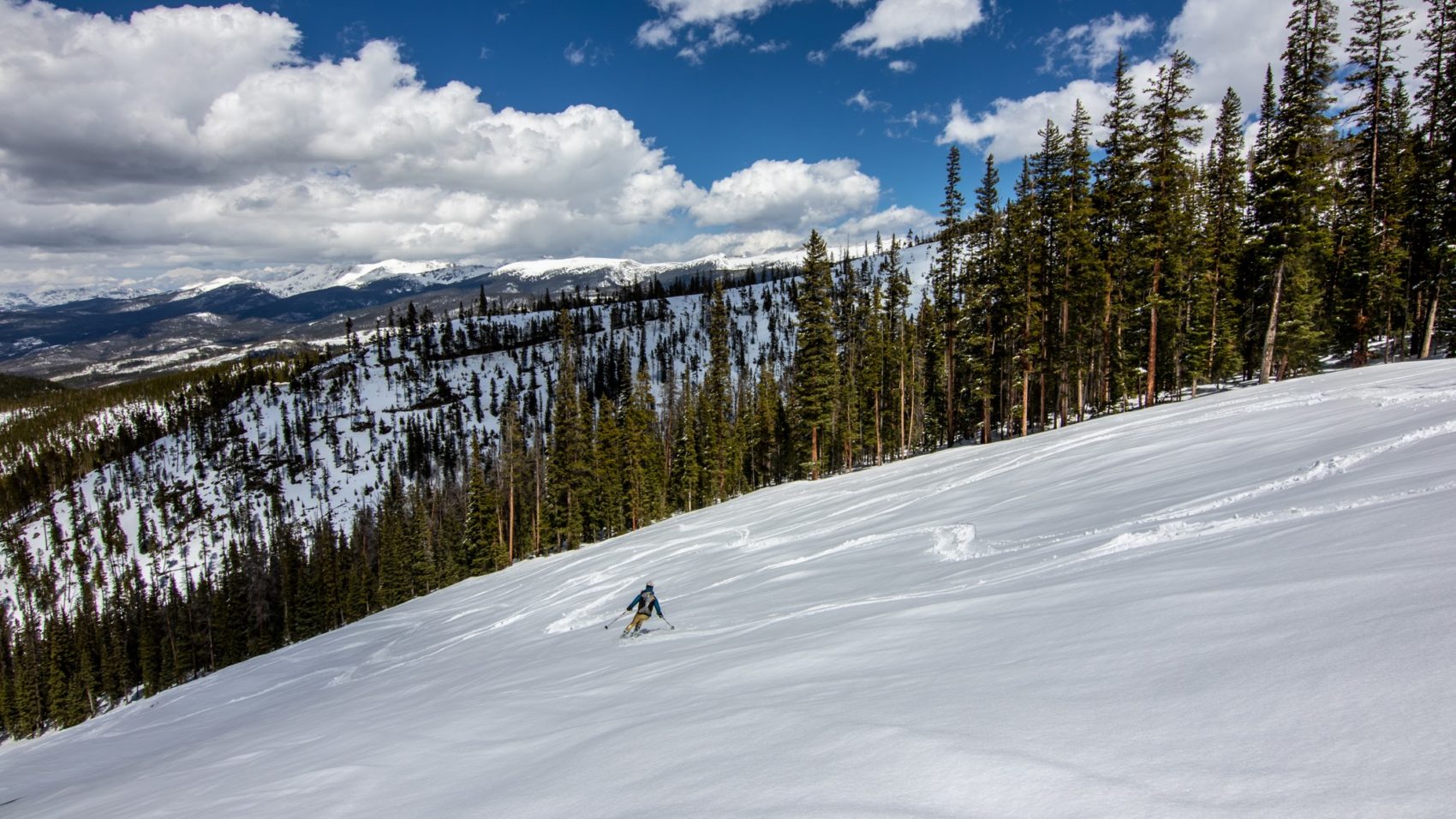
Jeff & Erik are not working to bring Bluebird Backcountry to fruition alone. The idea behind Bluebird Backcountry has proven to be inspiring to many. Some fifteen volunteers are routinely providing the elbow grease and boot leather on a variety of subjects from financial modeling, marketing, and service design to advance the project.
As more people strive to venture off-piste we need a good viable way to teach safe responsible backcountry travel. The backcountry ski area concept has the potential and ability to be backcountry skiing’s indoor climbing gym or a safe playground for the experienced skier. While some will inevitably downplay the concept, I believe that it has a lot more merit than would appear on the surface. The success Bluebird Backcountry has had in turning out experienced and new backcountry skiers over several weekends show that if you build it they will come.